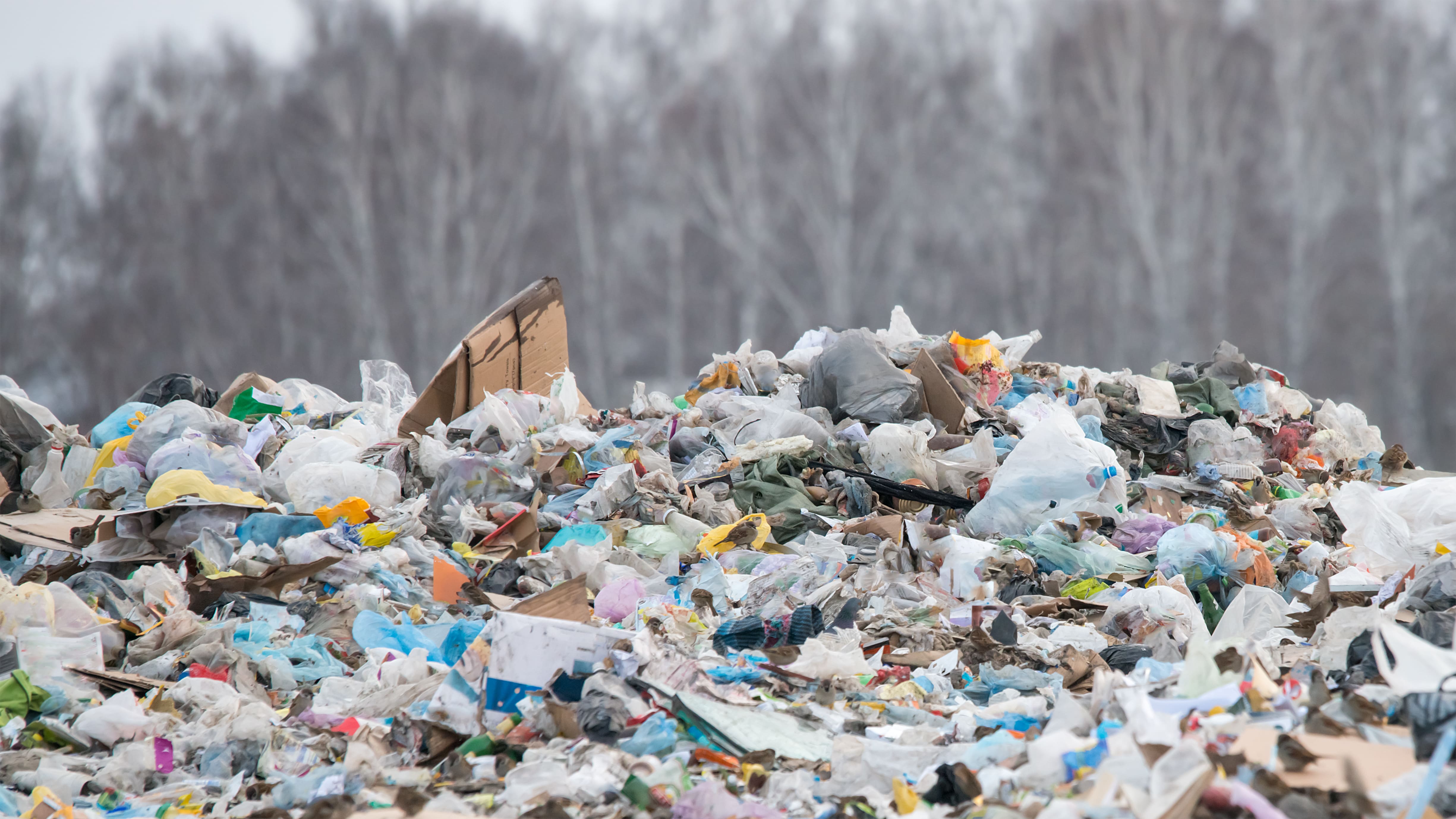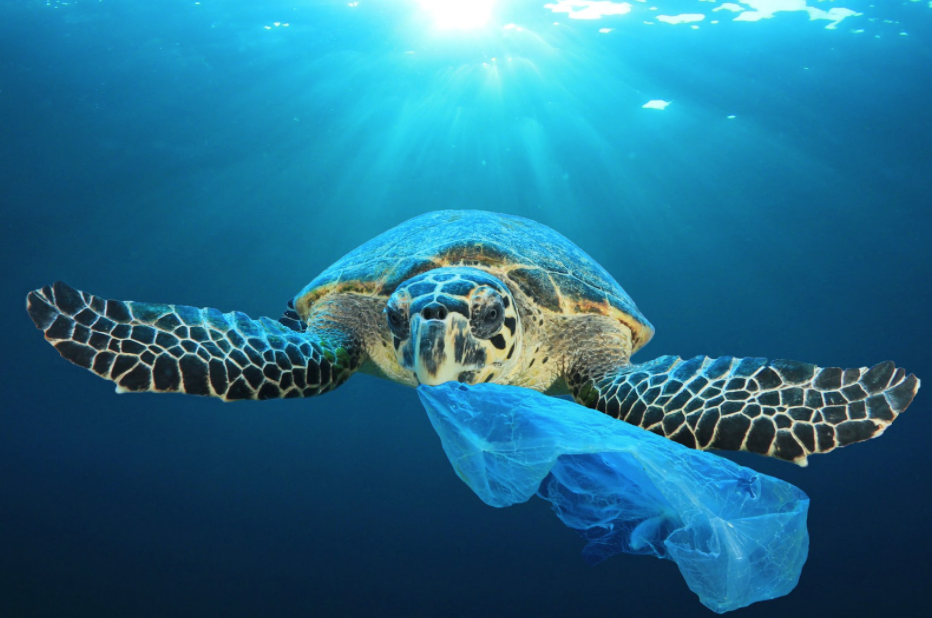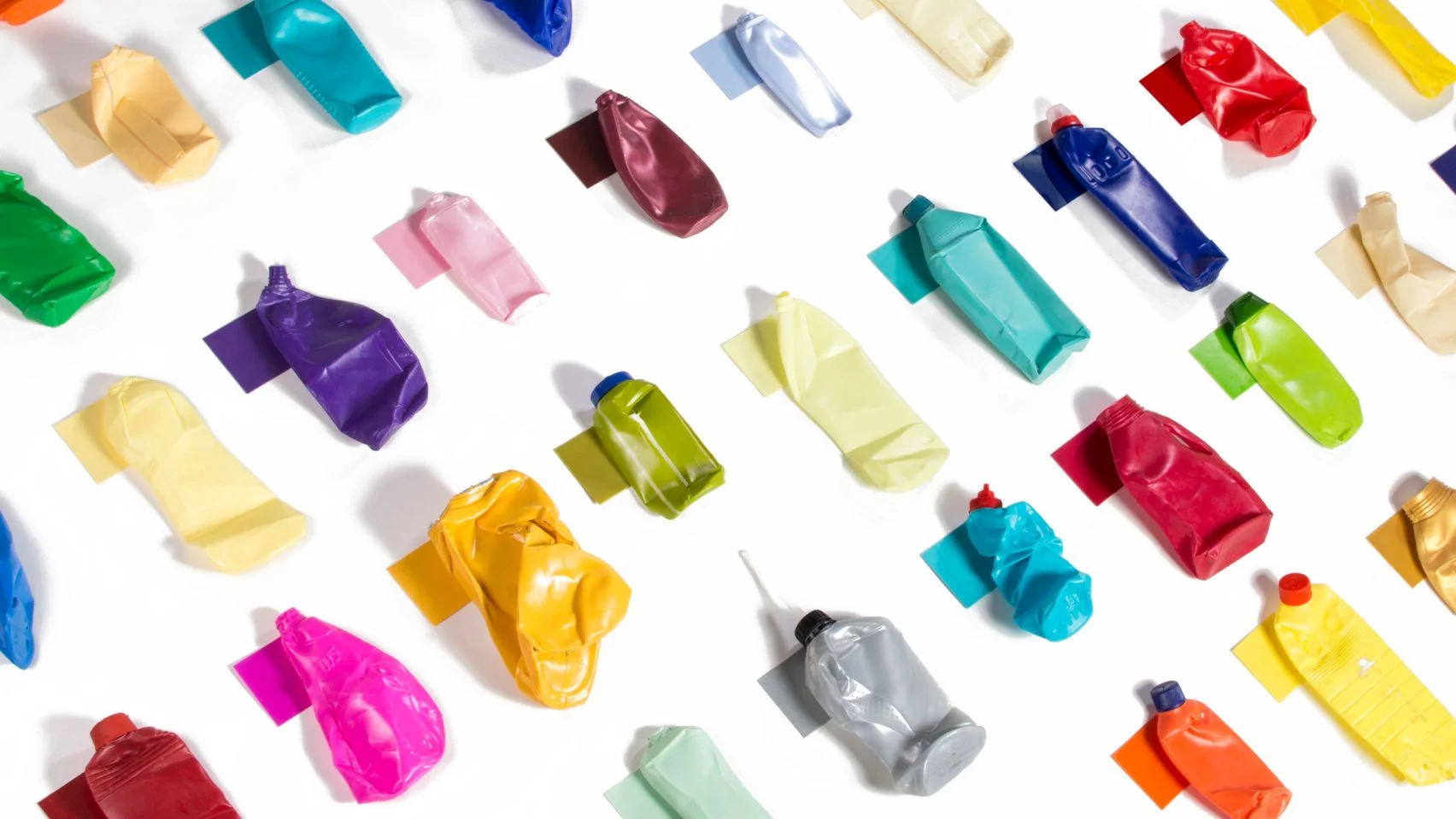The Environmental Impacts of Plastic Packaging
In urbanized societies, packaging has become a connecting link between production and consumption. Every day, more than 150,000 people are moving into cities in developing countries.During the mid-twentieth century, only a third of the world's population was urban. By 2025, two-thirds of the world's population will live in cities. This means that more people will live in cities than occupied all of Earth in the 1980s. At such a high level of urbanization, distribution of goods, especially food, is crucial, and packaging plays a significant role.
The environment is affected both positively and negatively by packaging.The negative impacts include resources used and wastes and emissions generated from the packaging.The positive impact of packaging consumer goods is that it facilitates their distribution, thereby making it possible to obtain goods otherwise unavailable. Environ mentally conscious packaging allows satisfying human needs effectively.
The modern packaging expresses the lifestyle of the consumer and gives a certain personality to the product. According to Geiger, packaging serves these functions: protection, distribution, household, intermediate, advertisement, image component and value forming functions. Furthermore, food packaging can contribute to waste reduction.
According to studies, the production of food and goods, home heating and hot water, transportation, and the usage of domestic appliances have the greatest environmental impact.The average household purchases 190 kg of packaging per year, consuming 7 GJ of energy. Packaging accounts for about 9% of the total weight of the packed product.
MATERIALS - Plastics
Although the packaging industry is one of the largest users of plastics, plastic packaging typically accounts for only 1 to 5% of a product's overall weight. Plastics account for 20% of all packaging materials by weight and are used to package 53% of all goods. Glass, on the other hand, which accounts for 20% of all materials, only packages 10% of all products.
Plastics are macromolecular polymeric materials with a high molecular weight. The bulk of plastics used in packaging are thermoplastic organic polymers with only carbon-carbon bonds in the main chain, such as polyolefins, polystyrene (PS), and polyvinyl chloride (PVC), but semi-organic polymers like polyamide (PA) and polyesters are also used (PE). Polyethylene, polypropylene, polystyrene, polyvinyl chloride (PVC), and polyethylene terephthalate are the five most common polymers used in packaging.Containers, milk and detergent bottles, bags, and industrial wrapping are made of high-density polyethylene (HDPE), whereas bottles, film, and other food packaging are made of polyethylene terephthalate (PET).
ENERGY
Packaging materials require energy in the manufacturing, distribution, and transportation of products. The production and distribution of packages requires energy input in several ways. The basic raw materials are first converted into packaging raw materials, which requires energy. Second, energy is consumed in the process of converting packaging materials into packages. In general, each stage takes place in a different location. Recycling technologies increase the energy demand by demanding additional transportation and processing of discarded packaging.
POLLUTION
Packaging has a huge environmental impact. According to researchers, the manufacturing of packaging materials is the primary source of air pollution. Paper manufacture, which releases biological oxygen demand, chemical oxygen demand, volatile suspended solids, and total suspended solids, is one of the most water-polluting processes. Accidental fires or waste-incineration activities might cause some of the pollutants, such as vinyl chloride, CFC, and hexane.

Litters also have a significant impact on packaging-related pollution, which is a source of considerable concern. It's an unpleasant look that poses a threat to many animals and may be a health risk to humans. Litter is primarily made up of packaging materials (glass and plastic bottles, cans, paper cups, and paper and plastic wrappings). Due to litter issues, the environmental implications of packages, particularly beverage containers, were of major interest in the 1970s. The key issue was whether to use single-use plastic or refillable glass bottles. Glass and returnable bottles are generally thought to be more environmentally friendly. Long transportation distances, ineffective returns of empty bottles, and the simple fact that a fully loaded truck delivers 1.867 times more water in polyvinyl chloride bottles than in glass bottles cast an unique take on plastic bottles.

CONCLUSION
The concern regarding packaging's environmental impact comes from the fact that this really accounts for such a large percentage of household garbage which illustrates the level of consumption rather than excessive packaging. Packages are designed to transport a product to a consumer; as a result, they cannot be considered separately from the product or consumption. Increasing the number of packages in the solid waste just means that people are consuming more.
Social needs, political choices, regulatory and economic impacts always have a significant impact on packaging. Furthermore, packaging is a system, not just a product—a package—and the package cannot be isolated from its contents. As a result, an environmental evaluation cannot be defined exclusively in terms of ecological effect analysis, nor can environmental friendliness be defined entirely by the type of packaging material used.
Finally, while packaging plays a vital part in achieving long-term development, the consumers themselves are the most significant actors. A well-informed, ecologically conscious, and ethical public is more effective than any regulation.
Nur Kayalı
REFERENCES
1- World Resources Institute. World Resources 1996–1997. New York: Oxford University Press (1996).
2- S. Geiger, “The Role of Packaging in Increasing Sales,” Journal of Marketing, 2 (1973).
3- Cygnus Group, “It’s Your Choice: Making Informed Decisions about Packaging and the Environment,” http://cygnus-group.com/. 1996.
4- O. Rockstroh, Handbuch der industriellen verpackung, Munchen: Moderne Industrie, ¨ 1972.
5- R. Beswick and A. G. Dunn, “Plastics in Packaging—Western Europe and North America,” Market Report, 2002.
6- S. E. M. Selke, Packaging and the Environment: Alternatives, Trends and Solutions, Technomic Publishing Co., Lancaster, PA, 1990.
7- K. Nishida, Y. Nagayoshi, H. Ota, and H. Nagasawa, “Melting and Stone Production Using MSW Incinerated Ash,” Waste Management, 21(5), 443–449 (2001).
8- R. G. Hunt and W. E. Franklin, “LCA—How it Came About—Personal Reflections on the Origin and the Development of LCA in the USA,” The International Journal of Life Cycle Assessment, 1(1), pp. 4–7 (1996).
9- Pongrácz, Eva. (2007). The Environmental Impacts of Packaging. 10.1002/9780470168219.ch9. https://www.researchgate.net/publication/229796182_The_Environmental_Impacts_of_Packaging
10- V. Williams, “Plastic Packaging for Food: The Ideal Solution for Consumers, Industry andthe Environment,” R’95 Recovery, Recycling, Re-integration. Proc. Cong. pp. II. 49–56(1995).
11- PlasticsEurope, “An analysis of plastics consumption and recovery in Europe, 2002& 2003,” 2004.


